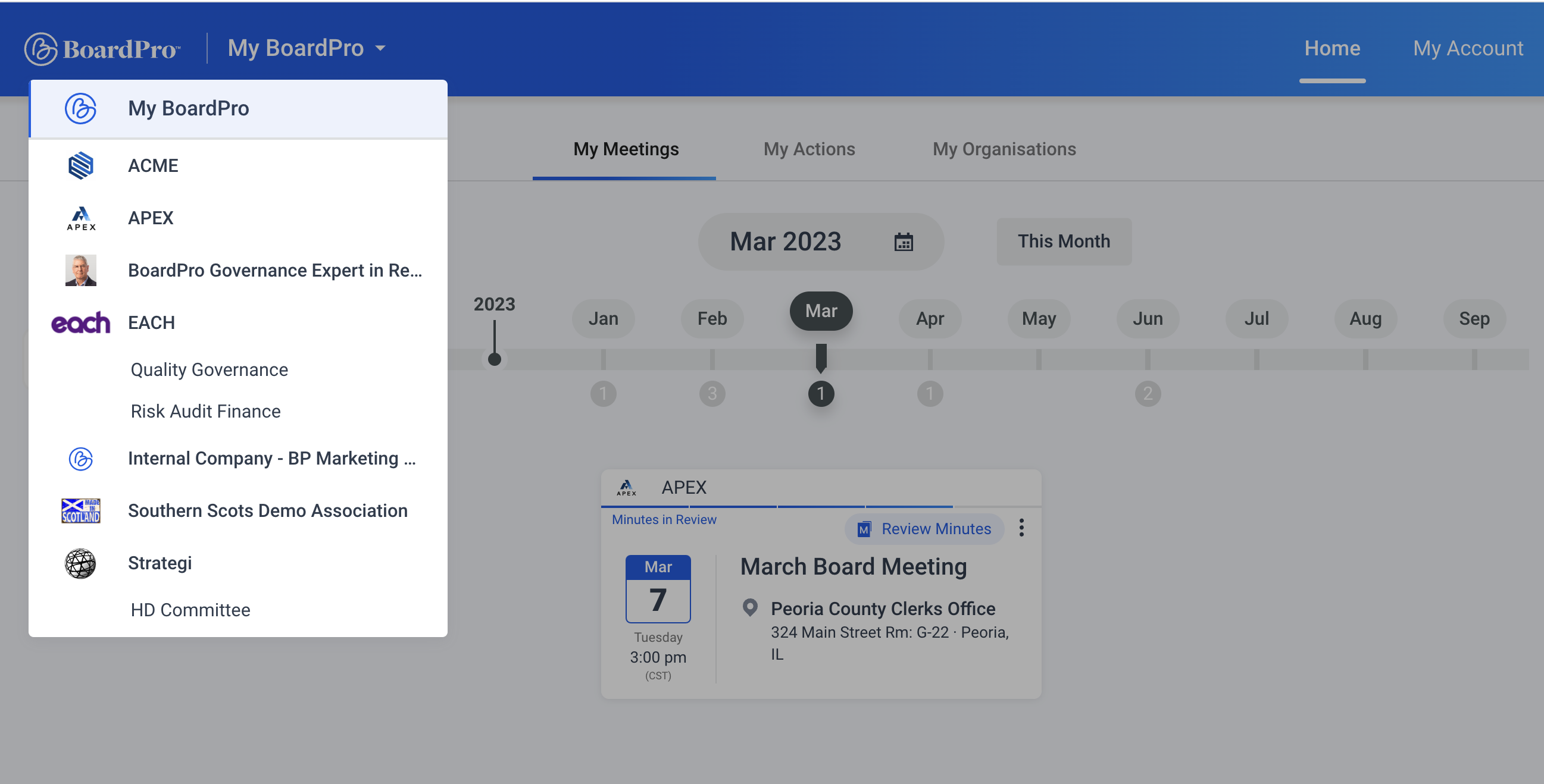How to effectively structure your committee
Committees help support boards of directors in achieving their goals. When operating effectively, they divide the workload of running a company, giving Boards space to embrace new challenges. They can highlight particular areas of expertise for Board members, helping to strengthen and inspire the company in a new direction and bringing like-minds together.
But what is the best way to structure a committee?
Many companies struggle to build optimised teams, failing to see that creating cohesive committees will maximise Board efficiency. They may fail to identify areas of expertise or struggle to get their Board members to work together in teams.
There is a heap of benefits to having a clear vision of your committee structure. For example, it can help you establish better Board organisation and support. By understanding group dynamics, assigning experts to areas in which they will flourish and encouraging team members to chase opportunities for the company, you will build momentum and long-term growth.
Now, the first step to building successful committees is understanding, first and foremost, what a committee is. Committees are small groups within the Board that work on specific issues for the company. They include Board members with relevant experience and expertise. When structuring your committees, you should keep this in mind; for example, a financial advisor or accountant would be a great fit for your finance committee.
Committees divide the workload of the Board, offering expert recommendations based on their research and experience in their particular area. Final decisions are still made by the Board, but committees are nonetheless a valuable source of information.
Committees do not have to be limited to Board members; they can include employees and volunteers as well. They vary in size and focus on gathering data and then presenting it to the Board. Sometimes committees need to consult specialists; the overall aim of your committee is to provide the foundation for informed decision-making and bring fresh perspectives to the table.
If it suits the structure of your Board, you may elect to form task forces or ad hoc committees instead of standing committees. This means that your committees will focus on projects within a specific timeframe rather than long-term themes. This can be an easy way to get a lot of concentrated work done on a pressing Board issue.
Unlike standing committees, task forces and ad hoc committees only last as long as the task at hand, reassembling perhaps in different iterations later on, depending on company needs.
While the size and structure of your committees will vary based on their projects, a typical committee structure to follow includes these positions:
- Committee chair: leadership and liaison with the Board
- Vice chair: supports the chair and stands-in
- Secretary: administrative tasks
- Treasurer: financial operations
You should define these roles and their responsibilities in your company’s constitution or bylaws.
There are many different types of committees, including executive committees and sub-committees. Making use of Board software options can help you keep track of your committees and delegate tasks in an effective manner.
Portals such as BoardPro provide a centralised, accessible means of accessing relevant information, allowing users to easily toggle between committee and Board workspaces.

Privacy settings are customisable, so you can keep information separate for members on the Board, those on committees and those on both, letting everyone access only the information they need.

Done right, committees add infinite value to your Board. They provide expert advice and a wealth of information, foster camaraderie and encourage creative problem-solving. Leadership should aim to create efficient committees that further the goals of the company.
When you're ready here's how BoardPro can help
Start a Free Trial — run a whole board meeting cycle for free, no credit card needed. You’ll be able to create board packs in a click, and have all minutes, decisions, actions and interests in one place. Be more effective, save time, and have everyone on the same page! Book a Demo — see BoardPro in action in this 30-minute demo, and have all your questions answered by a BoardPro specialist. You’ll get an introduction to all of BoardPro’s features — see how to set an agenda, create board packs, and take minutes. Attend a Free Governance Webinar — learn from our community of governance experts on subjects such as strategy, understanding board dynamics, reporting, and running effective meetings. You’ll join hundreds of others in these engaging events covering the latest governance topics. Find a Governance Template — practical documents to make governance easy! Templates cover strategic planning, board evaluation, risk assessment, SWOT analysis, and many other essential governance and business topics to grow your organisation and adopt good governance practices. |
Share this
You May Also Like
These Related Stories
.png)
The value board committees contribute to organisations
.png)
7 key differences between board of directors and executive committee
%20(1).png)

